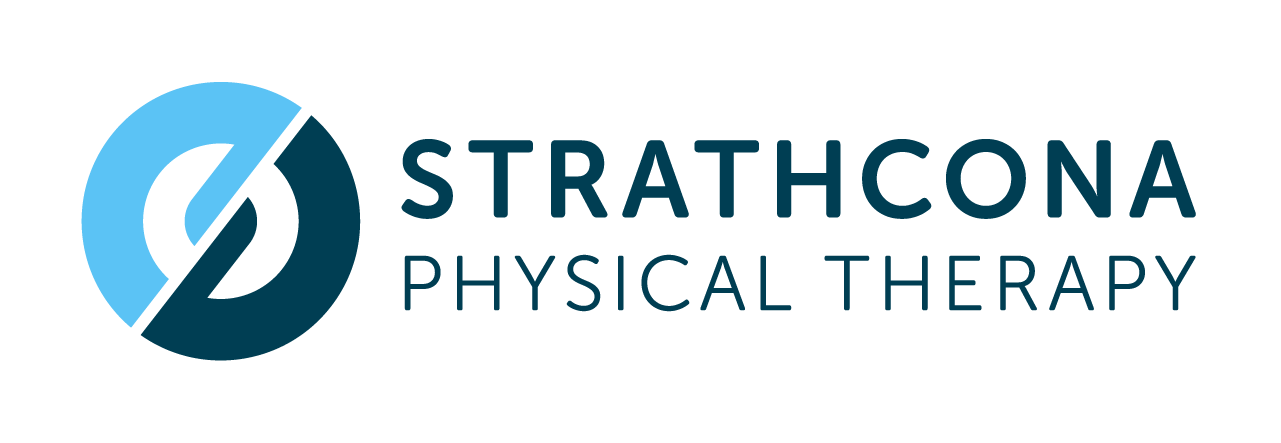The Pronator Quadratus: Small Muscle, Big Role in Wrist Stability
When we think about wrist injuries or forearm pain, we often focus on tendons, ligaments, or fractures. But one small, deep muscle—the pronator quadratus (PQ)—can play a major role in pain, weakness, and instability, especially after trauma or repetitive strain.
What Is the Pronator Quadratus?
The pronator quadratus is a square-shaped muscle located near the wrist, connecting the lower radius and ulna bones. It sits deep beneath other forearm muscles and is not visible on the surface. Despite its size, it plays a crucial role in two main functions:
Forearm Pronation – Rotating the palm downward (e.g., turning a doorknob or using a screwdriver).
Distal Radioulnar Joint (DRUJ) Stabilization – Maintaining alignment between the radius and ulna during wrist movements.
Why Is It Important?
The PQ is the primary dynamic stabilizer of the distal radioulnar joint.
It provides support during load-bearing tasks, such as lifting, pushing, typing, or sports involving gripping and rotation.
Injury or dysfunction in this muscle can lead to chronic wrist pain, reduced grip strength, and joint instability.
What Happens When the PQ Is Injured?
A tear or strain of the PQ—often due to trauma (like a fall on an outstretched hand) or overuse—can cause:
Deep, dull pain near the front of the wrist
Pain or weakness with forearm pronation
Reduced grip strength
Clicking, catching, or a feeling of instability
Difficulty with fine motor tasks (e.g., typing, lifting light objects)
Frequently Misdiagnosed
Because of its deep location and overlapping symptoms, PQ injury is commonly missed or misdiagnosed. It may be mistaken for:
Distal radius fracture
TFCC (triangular fibrocartilage complex) injury
Wrist sprain
De Quervain’s tenosynovitis
Median nerve entrapment
Advanced imaging (MRI or ultrasound) is often required for accurate diagnosis, especially when symptoms persist despite conservative care.
Treatment: How to Support Recovery
Conservative Management (Mild to Moderate Injury):
Activity Modification:
Adjust tasks that require strong or repetitive pronation (e.g., using an ergonomic mouse, avoiding carrying heavy bags with the palm down, reducing forceful screwing/rotating tasks).Active Wrist Bracing:
Use a brace that allows limited movement while offering support. This helps maintain function while reducing load on the PQ.Physiotherapy:
A structured rehab plan can support healing and restore function:Gentle range of motion and isometric pronation exercises
Soft tissue techniques and manual therapy
Neuromuscular training to improve control of the distal radioulnar joint
Ergonomic advice and computer setup modification (important for desk workers)
Surgical Consideration:
In rare cases—such as severe tears or after a distal radius fracture—the PQ may require surgical repair or stabilization. Surgery is typically followed by a structured physiotherapy program to restore function.
Key Takeaway
The pronator quadratus may be small and hidden, but its role in wrist stability and rotation is vital. If you're dealing with ongoing wrist pain or weakness, especially after an injury or repetitive use, don’t overlook this crucial muscle. A proper diagnosis and rehab plan can help restore comfort and function.
References
Armstrong, A. D., & Tomaino, M. M. (2010). Orthopaedic Knowledge Update: Wrist (2nd ed.). American Academy of Orthopaedic Surgeons.
Moritomo, H., Noda, K., Goto, A., & Murase, T. (2011). Pronator quadratus: A key to the distal radioulnar joint. Journal of Hand Surgery (European Volume), 36(2), 150–156. https://doi.org/10.1177/1753193410382884
Ritt, M. J., & Stuart, P. R. (2000). Anatomy and function of the distal radioulnar joint. Hand Clinics, 16(4), 567–575.
Werner, F. W., Palmer, A. K., & Short, W. H. (1997). Force transmission through the distal ulna: Effect of load and forearm rotation. Journal of Hand Surgery, 22(5), 796–801.
